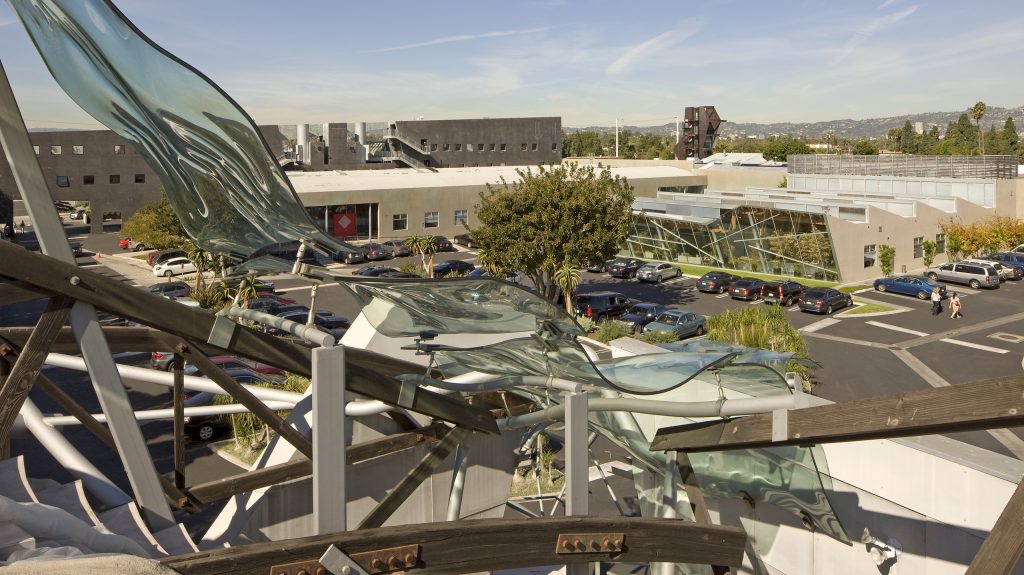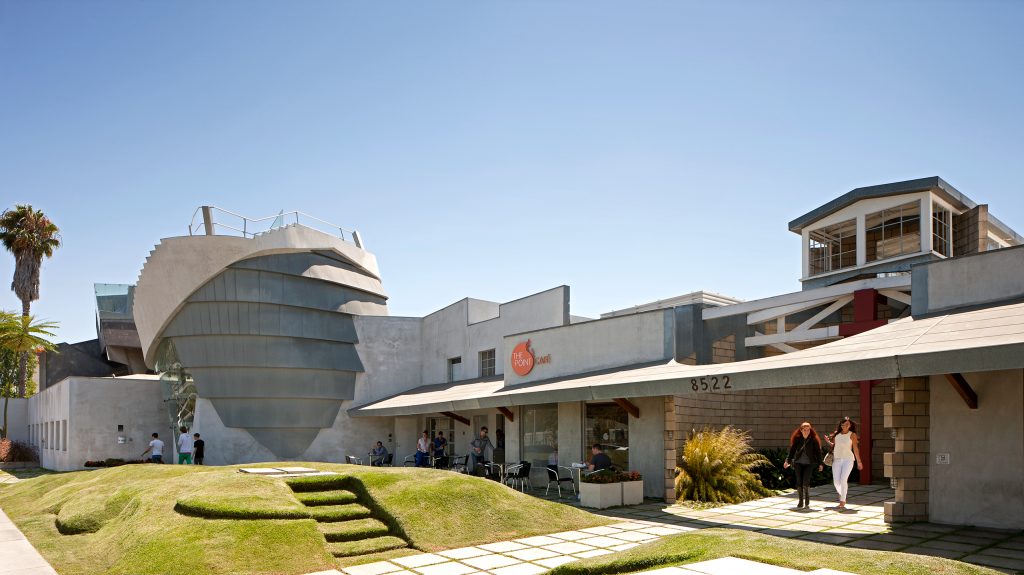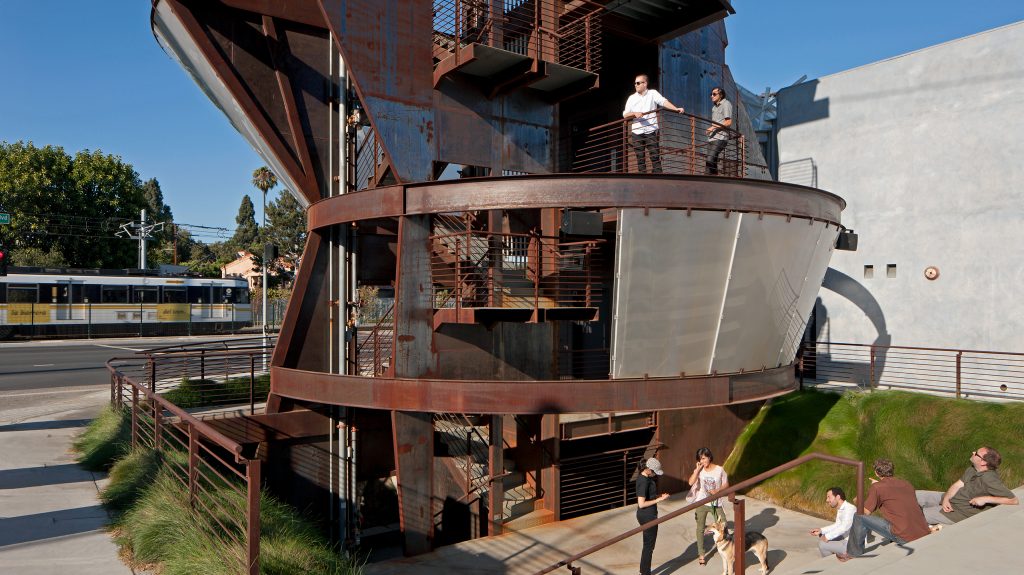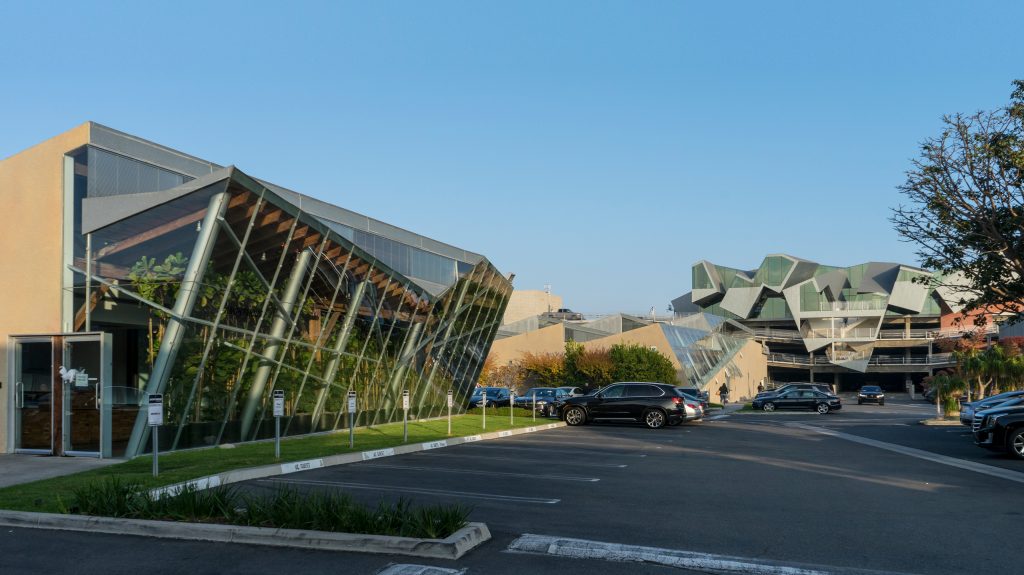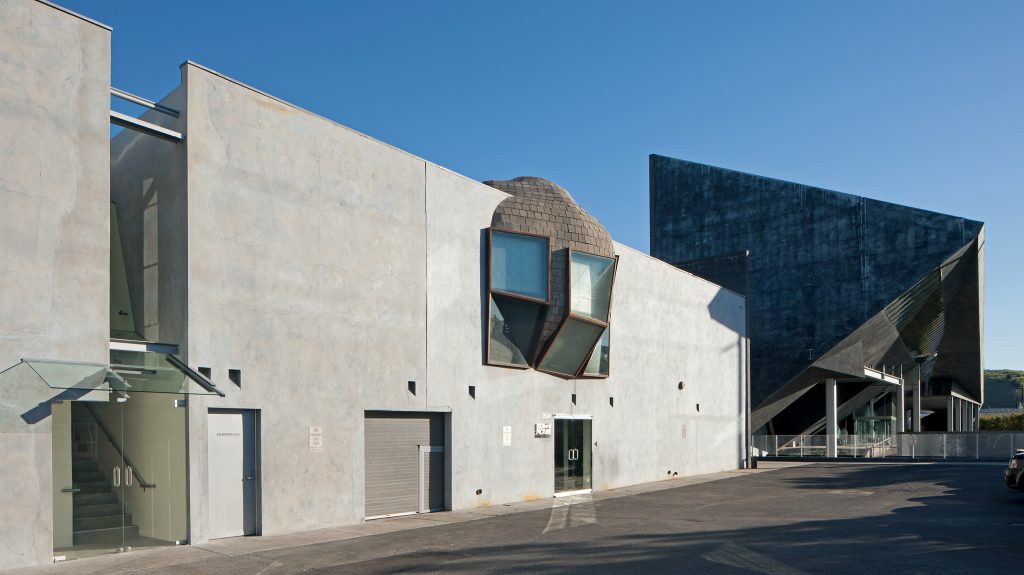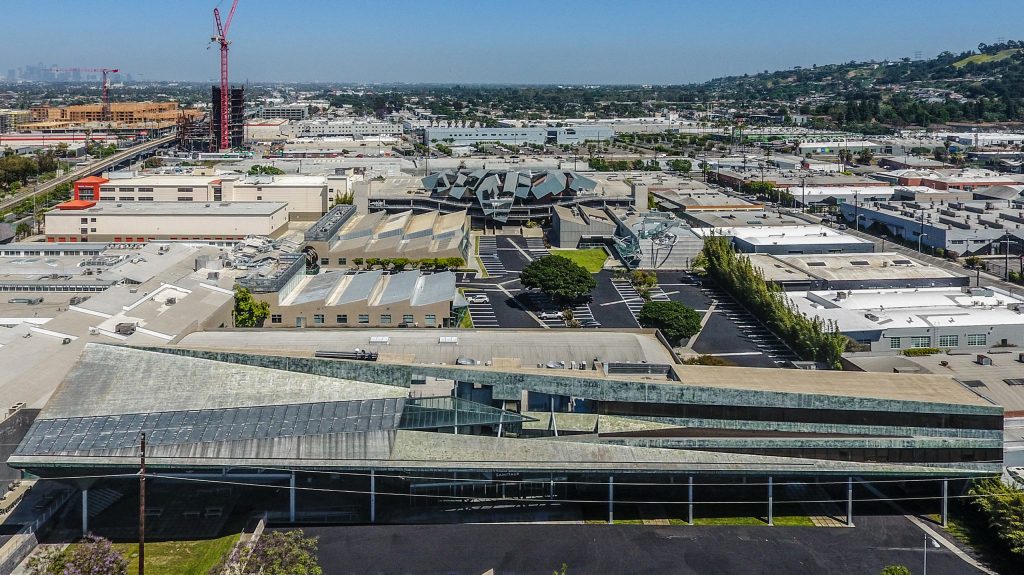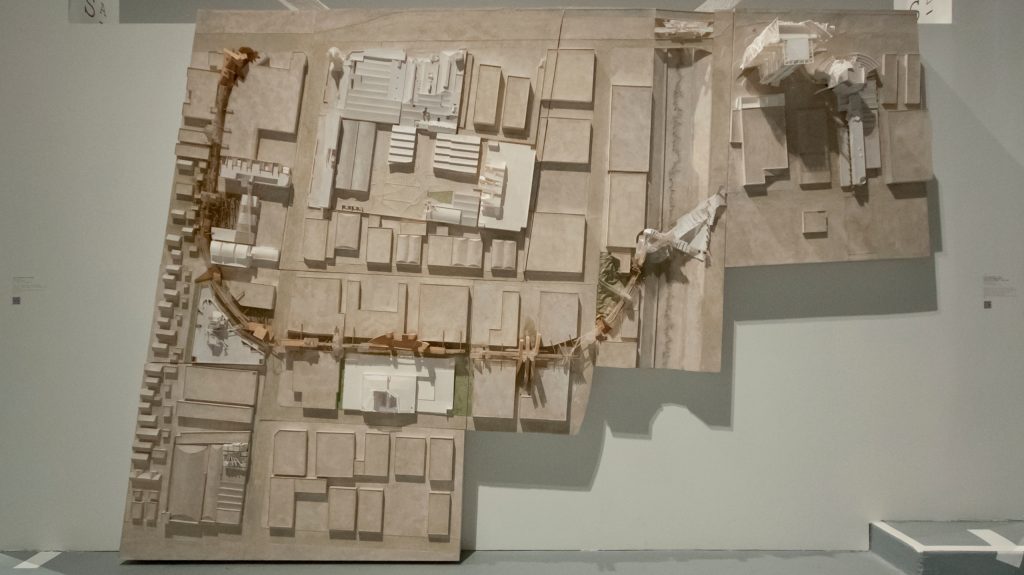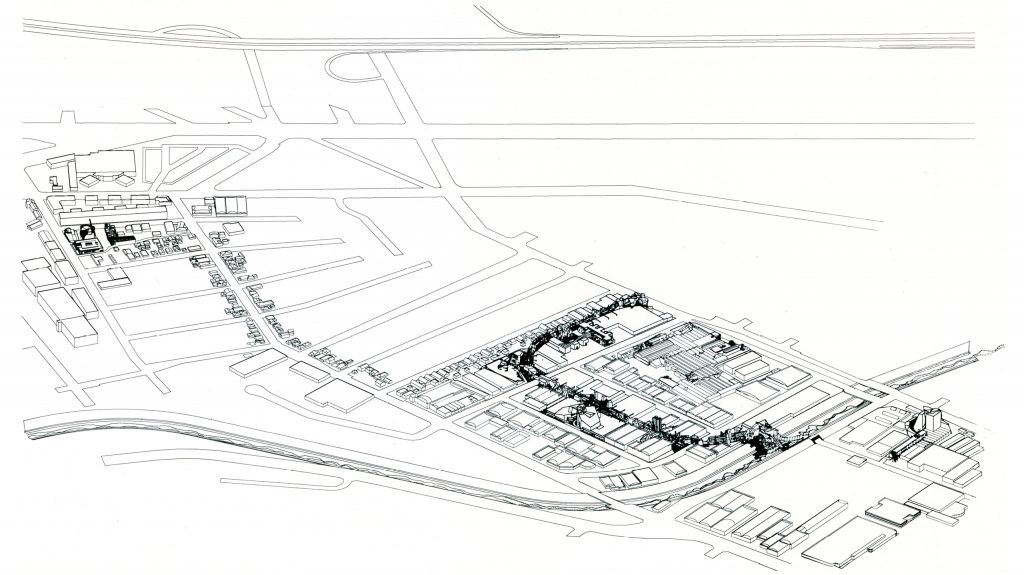Location
Culver City and Los Angeles, California
Dates
1988-present
Awards
The New City, and the individual projects within it, have been recognized with over 50 international awards.
The project began in the mid 1980’s in an area of Central Los Angeles and Culver City consisting of industrial and warehouse buildings that had been abandoned as industry moved abroad. The once vital manufacturing area was in serious decline as property values plummeted and crime rates increased.
Along with clients Laurie and Frederick Samitaur Smith, EOMA set out to develop a strategy to reconstitute the former industrial zone, utilizing its built assets, eliminating its social and economic liabilities, and imagining a constructive concept for a new model for urban revitalization. One building at a time, warehouses were transformed into venues for a wide range of creative enterprise.
Viewed individually, the projects represent a wide array of architectural and technical achievement that have been discussed, published, awarded, and studied around the world. More important (and sometimes overlooked) is the collective value of these singular architectural works as a progenitor of radical urban transformation in the neighborhood.
Paul Goldberger stated in a 2010 article for The New Yorker, “Slowly, one building at a time, Moss has managed to accomplish something that none of his fellow-jet-setters have ever achieved: the creation of a genuine urban transformation through architecture.”
The project set a contemporary standard for adaptive re-use; a standard for change-in-use without substantially altering the scale of the 27 acre neighborhood; a standard for sustainability in terms of the careful remodeling rather than replacing of existing structures; and most importantly, in an area touched twice by the LA riots, a standard for job creation. Currently an estimated 15,000 workers are newly employed in an area that 35 years ago was empty of purpose.
The unprecedented project has made Conjunctive Points – The New City a model for city re-thinking around the globe. It continues to be a subject for study in municipalities around the world, and regularly hosts tours for politicians, policy-makers, urban planners, and architects.
New York Times Architecture Critic Herbert Muschamp wrote that “Moss’s projects strike me as such a form of education. The knowing spontaneity of his forms, the hands-on approach implicit in their strong, sculptural contours, the relationship they describe between a city’s vitality and creative potential of its individuals: these coalesce into tangible lessons about how a city should face its future.”
Work is on-going as we continue to re-imagine The New City.
